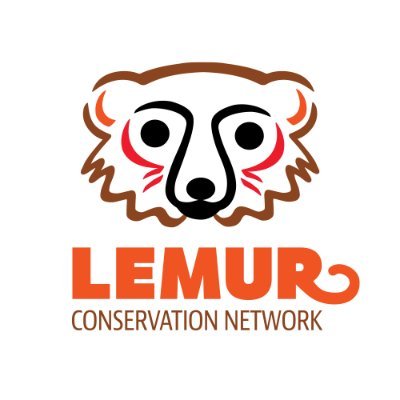Lemurs are a unique and diverse group of primates. Although related to monkeys and great apes, lemurs belong to a completely different branch of the primate family tree: prosimians.
The word prosimian means “pre-monkey”, a fitting name for the oldest known group of primates. Along with lemurs, the prosimians include lorises, galagos (bush babies), and tarsiers.

All prosimians have these traits in common:
- Built for grooming. They have modified incisor teeth on the bottom jaw, called a tooth comb, and an extra long grooming claw on their second toe.
- Great night vision. They have an extra layer behind the retina in their eyes, called the Tapetum Lucidum, which improves their night vision.
- Enhanced smell. Their elongated snouts contain a complex olfactory system which helps them find food and communicate.
Where do lemurs live?
In the wild, lemurs live in only one place in the world: Madagascar. Madagascar is a biodiversity hotspot because many of the island’s plant and animal species are endemic, meaning that they are found nowhere else.
Madagascar is the world’s fourth largest island located about 250 miles off the east coast of Africa. It is home to over 27 million people. Madagascar has many different habitats that lemurs and other wildlife call home, from lush rainforests to dry spiny forests to rocky limestone cliffs known as tsingy.
How did lemurs get to Madagascar?
But how did lemurs get to the island of Madagascar? Scientific evidence suggests that lemurs’ ancestors hitched a ride from Africa to Madagascar across the Indian Ocean on rafts of floating vegetation about 65 million years ago.
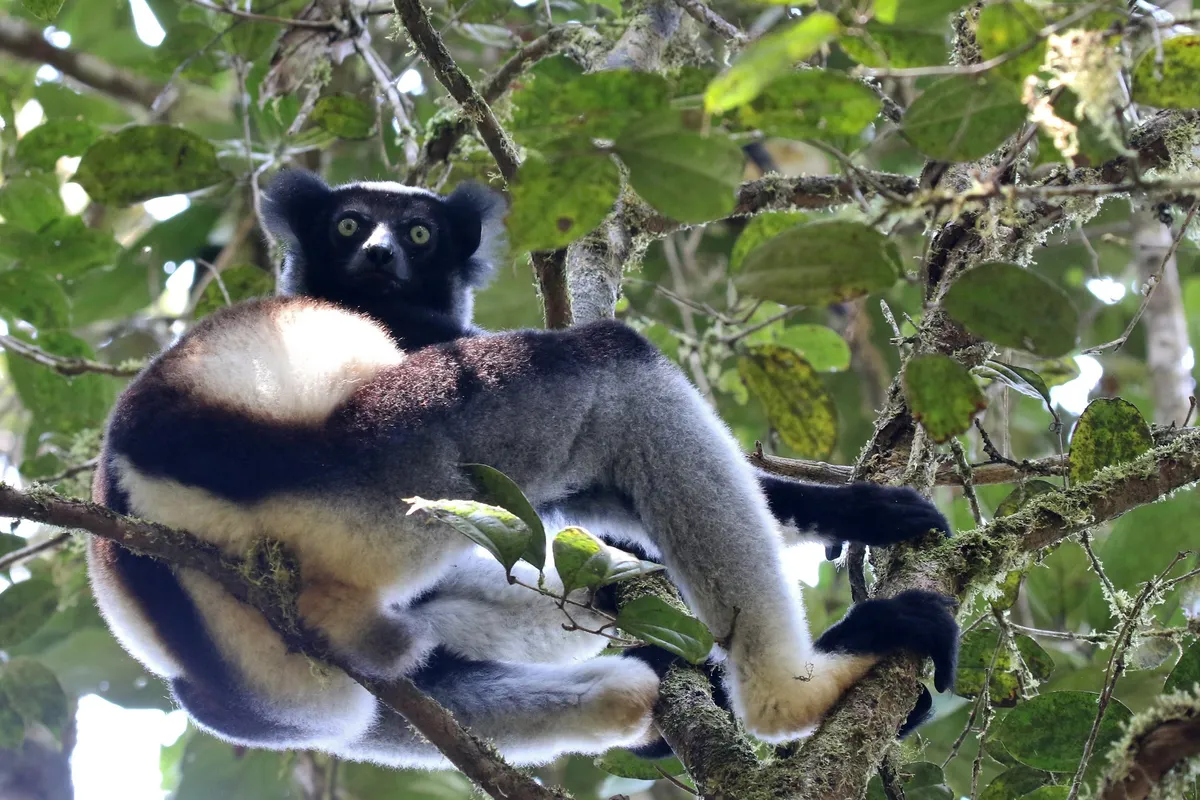
How many species of lemur are there?
Lemurs are incredibly diverse, with over 111 known species and more being discovered every year. The most common scientific theory for this diversity is that lemurs evolved for millions of years in relative isolation. With little competition for food and resources, lemurs dispersed across the island into a variety of habitats, creating a variety of highly specialised lemur species.
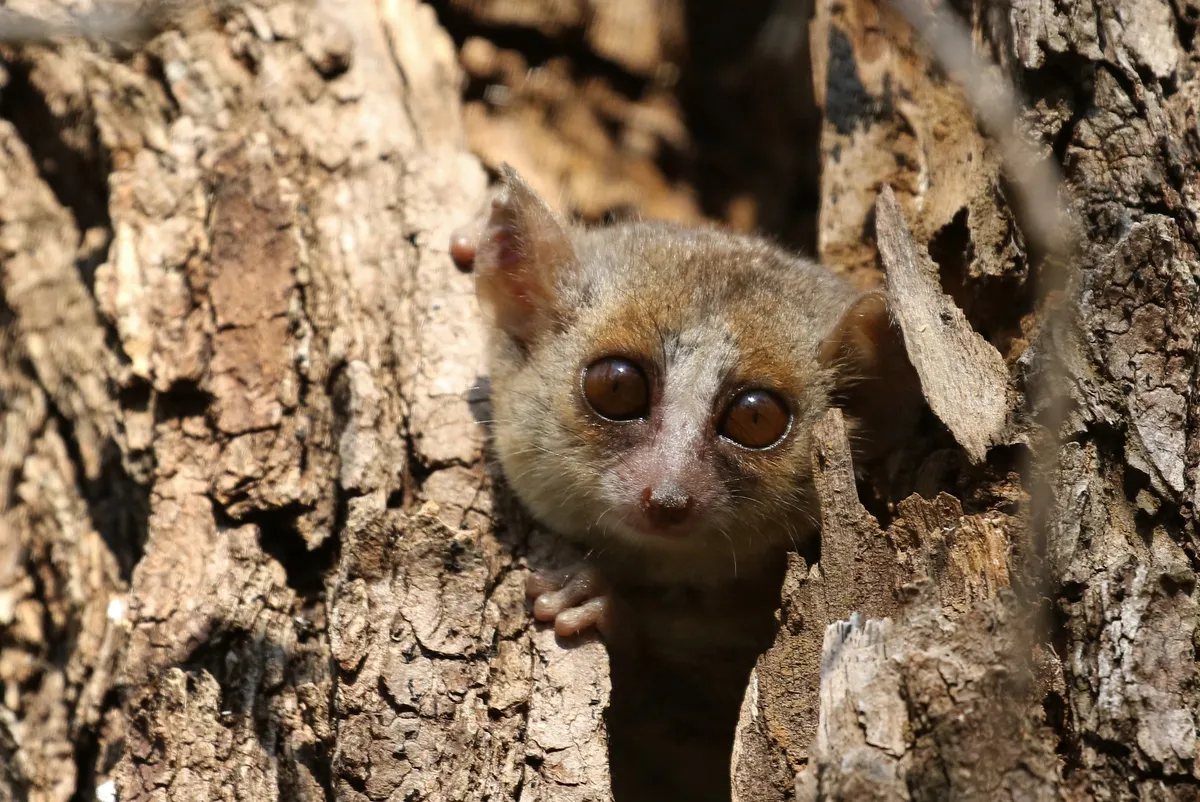
Like all living things, scientists have organized lemurs into families, genera, and species. Lemurs are divided into five families, which range in size from the smallest lemur, the Madame Berthe mouse lemur which can weigh as little as 30 grams, to the largest lemur, the indri which weighs about nine kilograms.
Some genera have multiple species, like the large Eulemur genus which includes brown lemurs, black lemurs, blue-eyed black lemurs, crowned lemurs, red-bellied lemurs, and mongoose lemurs. Others have only one species, like the Daubentonia genus whose only species is the aye-aye.

In addition to size differences, lemur species also differ in what they eat, when they are active, how they socialize, and where they live on the island.
What do lemurs eat?
Different lemur species eat different things, from fruits, leaves, and tree sap to insects and even chameleons. Some lemurs, such as the black lemur, are frugivores, meaning their diet consists mainly of fruit.
Other lemurs like the Coquerel’s sifaka are folivores, meaning their diet is largely made up of leaves, flowers, and bark. Bamboo lemurs are specially adapted to eating bamboo; the cyanide in this plant would be deadly for humans!

What are lemur families like?
Who rules the lemur world? In lemur society, females rule. At the centre of lemur groups is a female leader who leads the group to food and shelter and gets first access to resources. This is very rare in mammals, as usually the male takes the lead. Female lemurs show their dominance through marking their territories.
Lemur troop (or group) sizes differ between the species, and range from as large as 22 to as small as 2 or 3. Species like the collared brown lemur are highly social with groups as large as 22 all travelling and feeding together.
Some nocturnal lemur species, like the Milne-Edwards’ sportive lemur, shelter in groups during the day but travel alone to find food at night. Indris, the largest lemur species, live their entire life as a pair: just one male and one female.
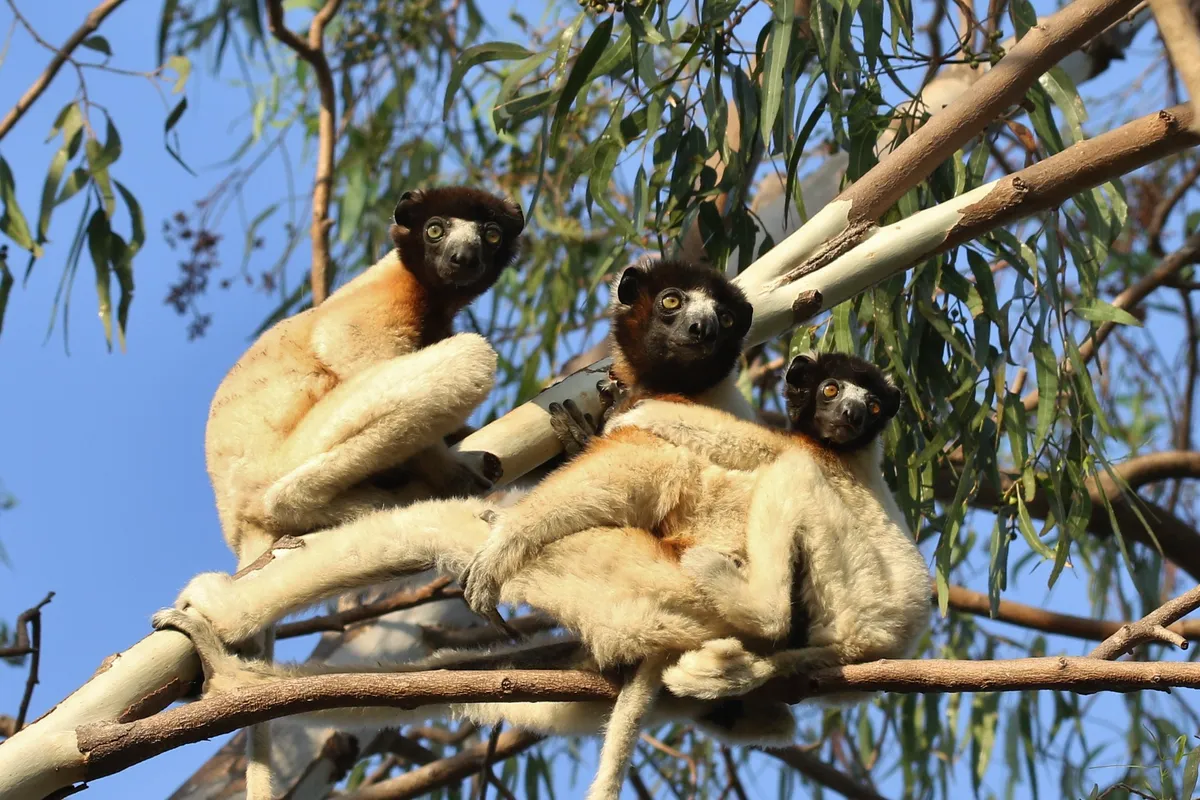
Do lemurs like to “move it, move it”?
Yes! Like many primates, lemurs are comfortable in the trees. Some lemurs, like the sifakas, are almost entirely arboreal. They spend most of their time high up in the trees, and are often seen leaping from branch to branch using their powerful legs. In fact, sifakas have been known to clear distances over 30 feet in one leap!
When are lemurs active?
Different lemur species are active during different times of the day. Some species such as the indri are diurnal, which means that they are active during the day. Others, such as the mouse lemurs and sportive lemurs, are nocturnal, which means they are more active at night. Not all species fit into these categories; some are active during both the day and night, which is known as cathemeral.
When lemurs are active can also depend on the season. Some species, such as the fat-tailed dwarf lemur, undergo a season of torpor when food is scarce. Similar to hibernation, lemurs in torpor become totally inactive and remain dormant in their tree holes for up to 176 days. This allows the lemur to conserve energy, and reduces risk from predators.
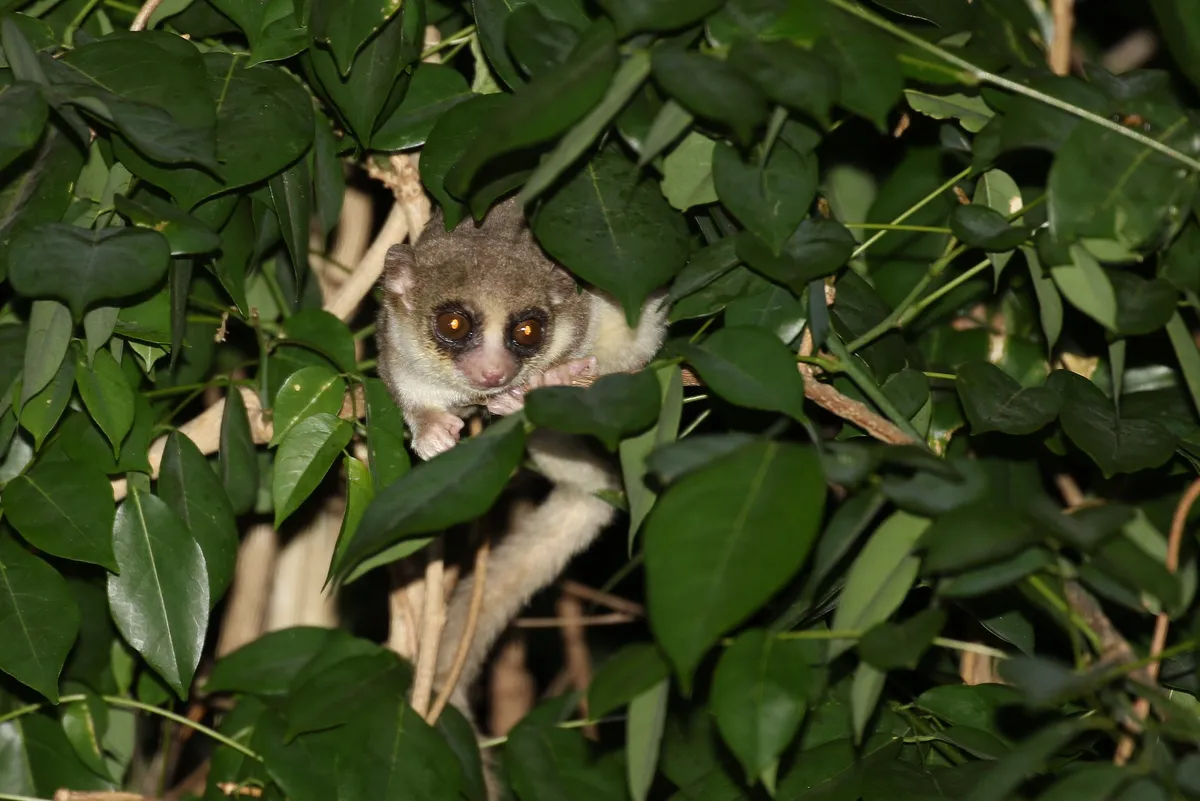
What dangers do lemurs face?
Predators
Like most small mammals, lemurs have natural predators in the wild. Baby lemurs and smaller species are especially vulnerable to natural predators such as large birds and the infamous fossa.
The fossa is a cat-like carnivore that is also endemic to Madagascar. Fossa are excellent climbers, and are just as comfortable in a tree as a lemur. This gives fossa an advantage when hunting, and makes lemurs one of their top prey.
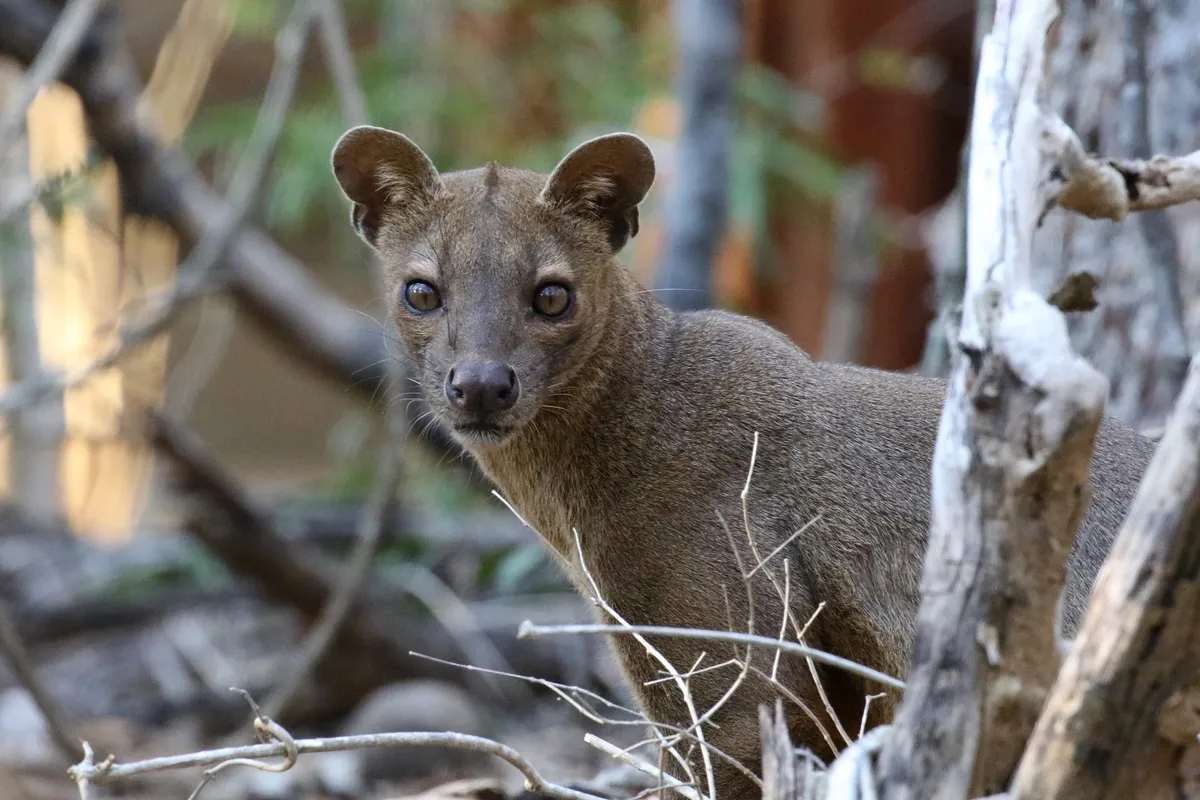
Unfortunately, it’s not just natural predators that lemurs have to worry about. Humans endanger lemurs in many ways as well. Some lemurs are hunted for bushmeat. Others, particularly the Aye-aye, are killed because of fady, an ancient legend that claims an Aye-aye’s presence is a bad omen.
Habitat loss
Humans also endanger lemurs by destroying their habitat. Deforestation is one of the biggest causes of habitat loss on Madagascar. Trees are cut by big companies for large-scale logging, and by families and small villages for use as firewood or charcoal for cooking. Additionally, an agricultural technique known as tavy or slash-and-burn is often used to create rice fields. In tavy, the vegetation is cleared and then burned, which temporarily creates nutrients for the soil and allows crops to grow, but destroys the natural habitat. Increasing demand for agricultural land pressures families and farmers to clear more land for tavy.
The unsustainable use of the forest — for logging, charcoal, and agriculture — has caused large areas of Madagascar’s forest to be lost. Lemur habitats are now limited to small fragments. While lemurs and other animals need large connected forests to survive, Madagascar’s people need food and fuel to feed their families.
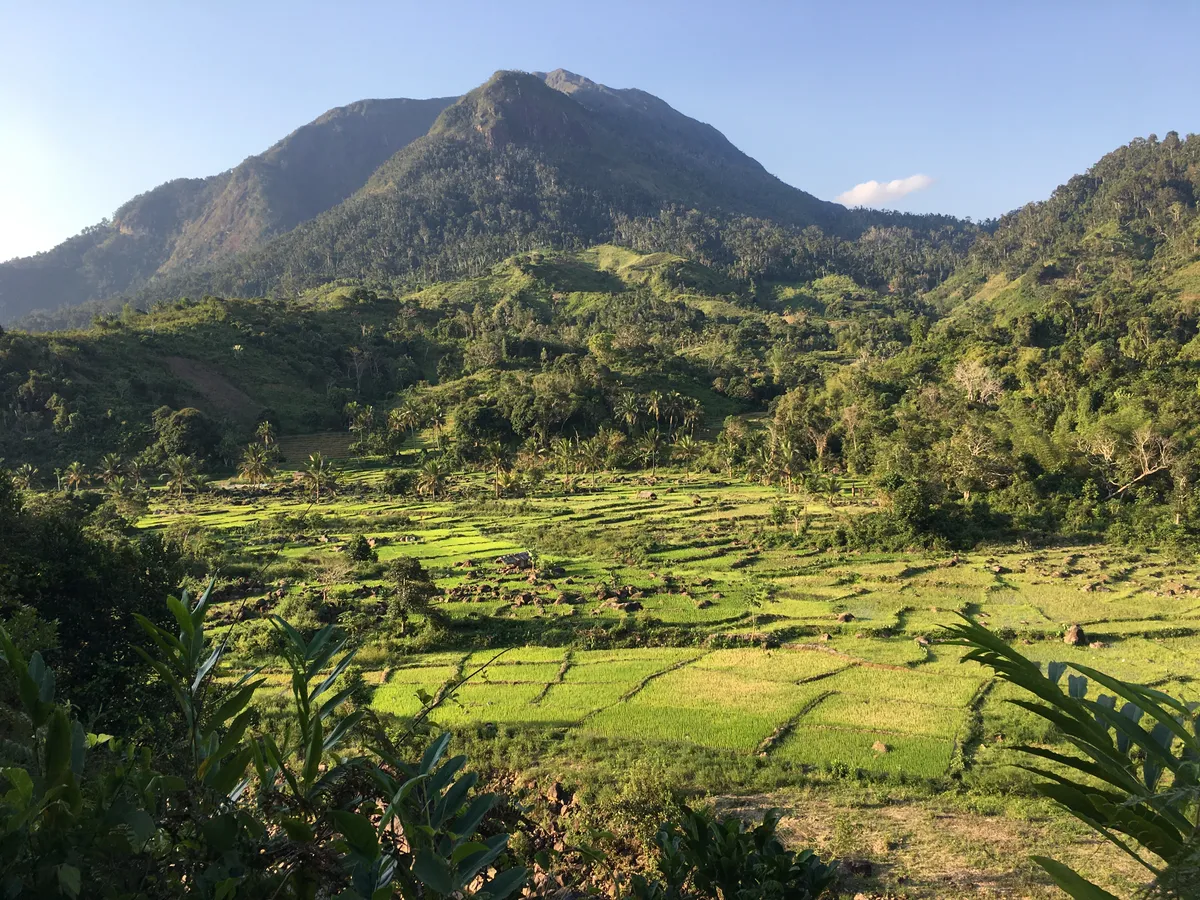
Climate change
As an island, Madagascar is particularly vulnerable to severe weather caused by climate change. In recent years, habitats in the south of Madagascar have experienced more extreme droughts and food shortages for humans and animals alike. In the north, rainforests are seeing heavier and more dangerous flooding and erosion due to typhoons. As climate change gets worse, islands like Madagascar are more at risk.
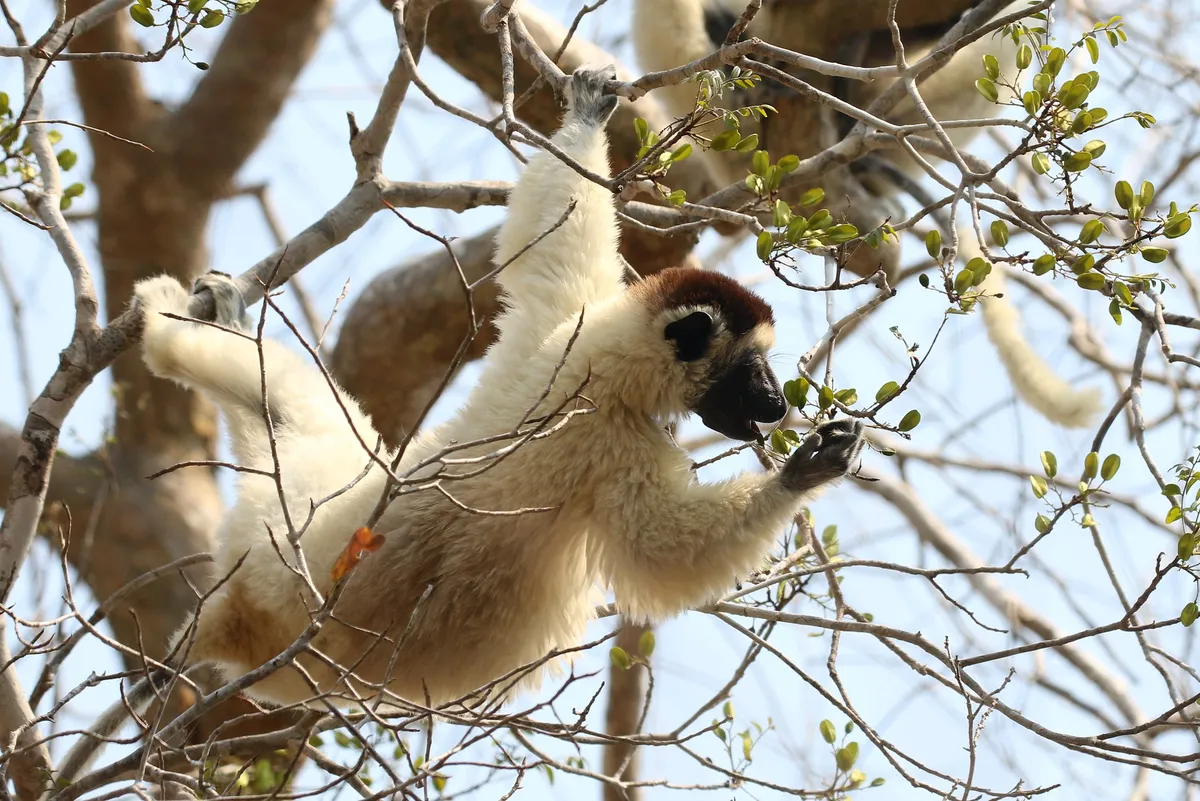
Are lemurs endangered?
Yes. In fact, lemurs are the world’s most endangered group of mammals; they are even the world’s most endangered group of vertebrates! The 2020 IUCN Red List update found that 98% of lemur species are endangered, and 31% of species are critically endangered, which is one step away from extinction in the wild.
Scientists and conservation organisations are working across Madagascar to protect lemur habitats and the biodiversity of species within them. One key conservation strategy is reforestation, which helps rebuild lost habitats and connect forest fragments. And, like in all biodiversity hotspots, local people are key to successful conservation.
So in addition to protecting and growing habitat, it’s important for Malagasy people to have opportunities for higher education and scientific training. Madagascar’s local scientific community must be supported to ensure the island’s biodiversity is protected for future generations.
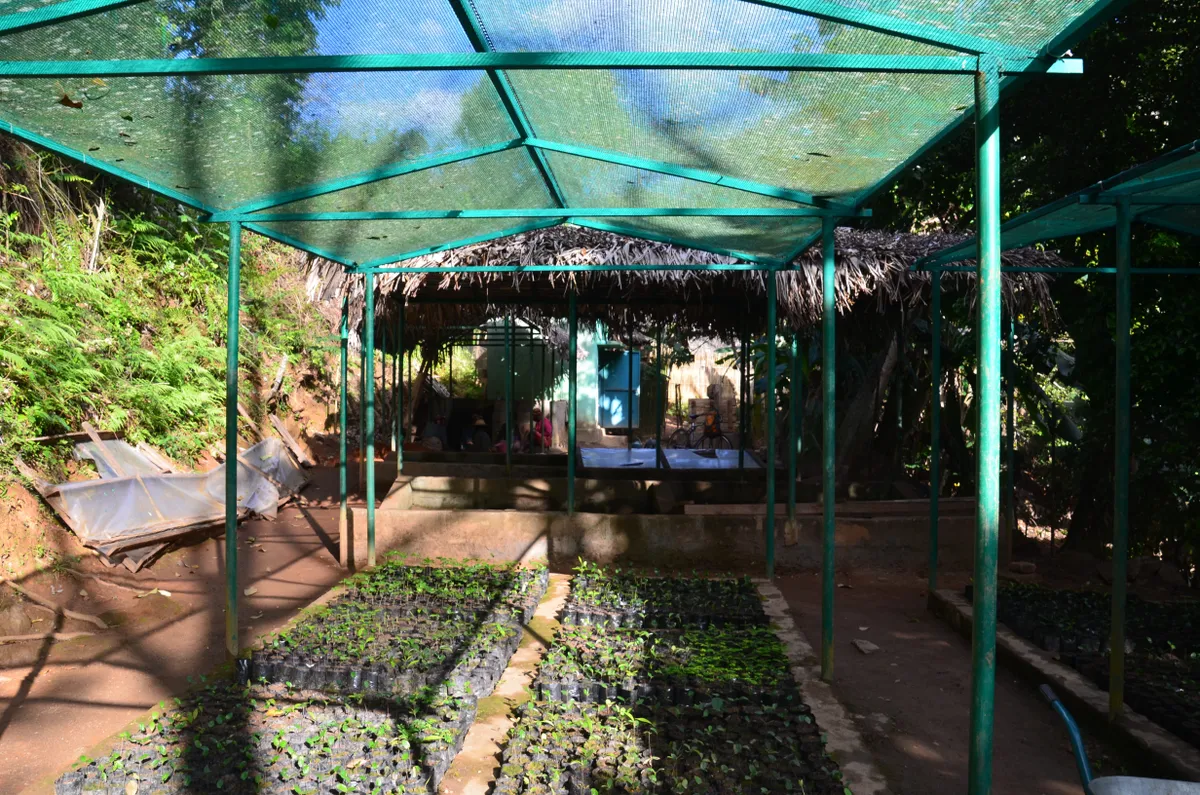
How can you help lemurs?
Traveling to Madagascar is an adventurous way to help lemurs, as ecotourism provides income for local people while protecting lemur habitat across the island. When traveling, appreciate lemurs in their natural habitats and avoid hotels with captive lemurs, as these animals are often caught from the wild. Taking lemurs from the wild is detrimental to lemur populations and their social structures. But, viewing lemurs in the wild is much less invasive. It is also more rewarding to see lemurs in their natural habitat!
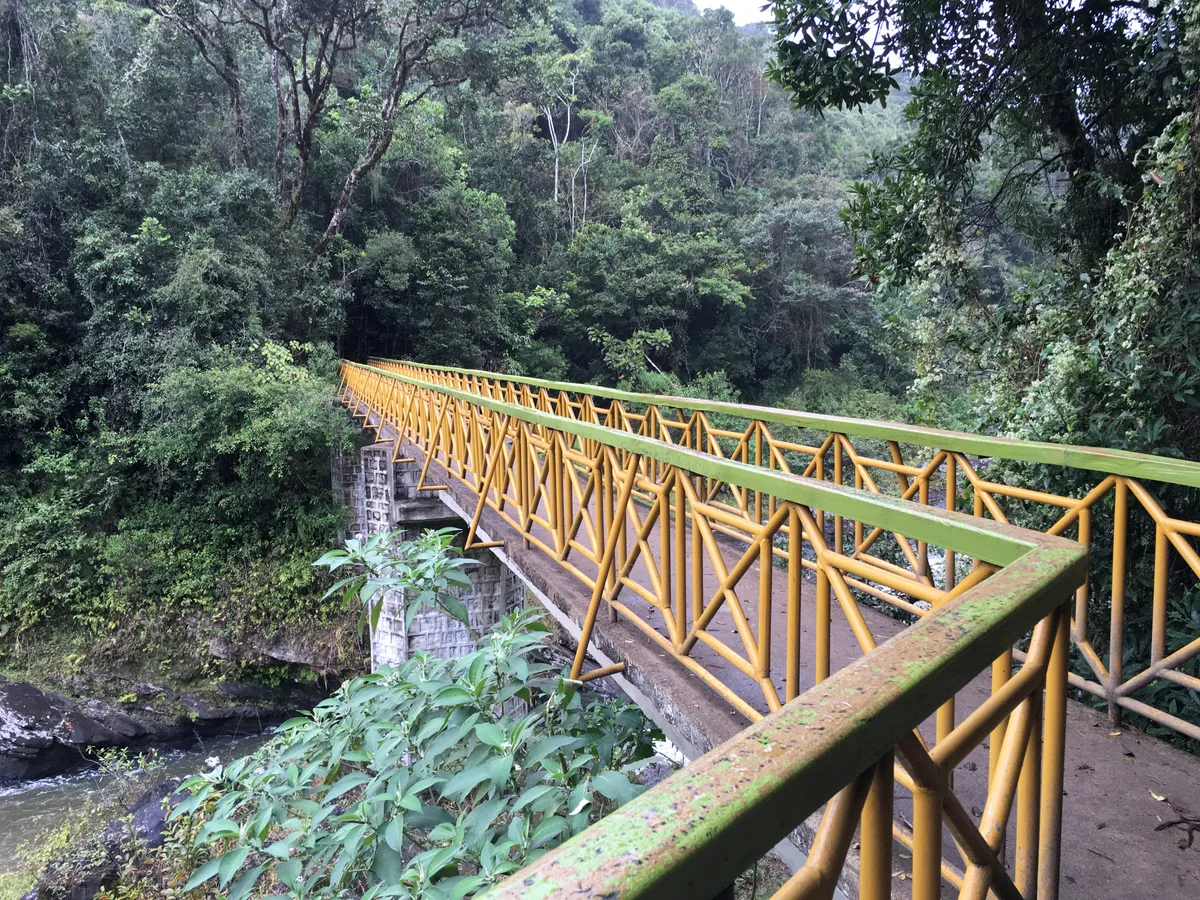
While at home, you can help protect Madagascar from climate change by lowering your carbon footprint. To do this, you can eat less meat, switch to renewable fuel, and be a conscious consumer of paper products. Ensure that your household paper is deforestation-free and uses only recycled materials, and avoid buying furniture and other products made with rosewood.
While traveling and when visiting zoos, avoid taking and sharing selfies with captive lemurs, because these photos encourage the pet trade of lemurs in Madagascar, which is a danger to wild populations.
The Lemur Conservation Network (LCN) unites over 60 conservation organizations working to save lemurs from extinction. LCN works to educate the public about lemurs, raise awareness for their conservation, and promote the people and organizations working to save them from extinction.
LCN was founded in 2015 as a project of the Madagascar Section of the International Union for the Conservation of Nature (IUCN)'s Primate Specialist Group. In 2021, LCN became a registered not-for-profit organisation in the USA.
Main image: Eastern grey bamboo lemur on Lemur Island near Vakona Lodge, Perinet Reserve, Madagascar. © Wolfgang Kaehler/LightRocket/Getty
